Breaking News


Popular News

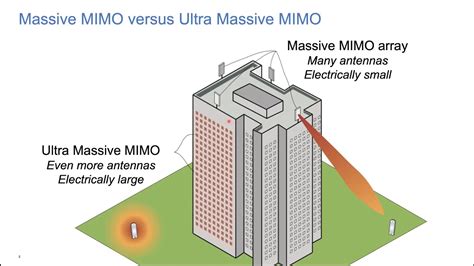
Discover the potential of Massive MIMO in 6G networks, its benefits, challenges, and future technology trends. Stay ahead with our insightful blog post.As 6G networks loom on the horizon, the demand for faster, more reliable, and more efficient wireless communication continues to grow. One technology at the forefront of meeting these demands is Massive Multiple Input, Multiple Output (MIMO). In this blog post, we will delve into the world of Massive MIMO and its potential to revolutionize 6G networks.
First, we will explore the basics of Massive MIMO and how it differs from traditional MIMO systems. Then, we will examine the specific benefits that Massive MIMO could bring to 6G networks, such as increased spectral efficiency and improved network capacity. However, as with any groundbreaking technology, there are challenges to implementing Massive MIMO, which we will also discuss.
Next, we will take a look at the current state of Massive MIMO technology in the context of 6G networks and highlight some recent advancements in this field. Finally, we will speculate on the future of Massive MIMO in 6G networks and the potential impact it could have on the way we communicate and connect in the years to come. Stay tuned for an in-depth exploration of this exciting technology!
Contents
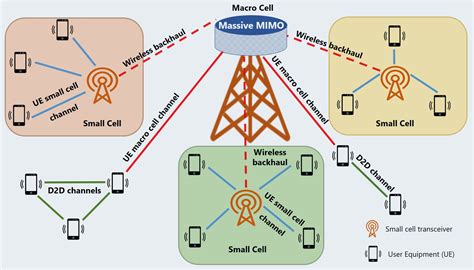
Massive Multiple Input, Multiple Output (MIMO) is an advanced wireless communication technology that uses a large number of antennas to improve spectral efficiency and overall system performance. In traditional MIMO systems, the number of antennas at the base station is limited due to practical constraints such as space, power, and cost. However, Massive MIMO takes a leap forward by deploying a much larger number of antennas, often in the order of hundreds or even thousands, to simultaneously serve multiple users.
One of the key features of Massive MIMO is that it uses spatial multiplexing to transmit multiple data streams in the same frequency-time resource. This allows for significantly higher data rates and improved link reliability, making it an ideal candidate for 6G networks that are expected to support diverse and demanding applications such as augmented reality, virtual reality, and ultra-high-definition video streaming.
Massive MIMO technology forms the foundation for the evolution of wireless communication systems and is expected to play a pivotal role in enabling the vision of 6G networks. By leveraging the massive number of antennas and advanced signal processing techniques, Massive MIMO promises to deliver unprecedented network capacity, coverage, and energy efficiency, thereby opening up new possibilities for the future of wireless communications.
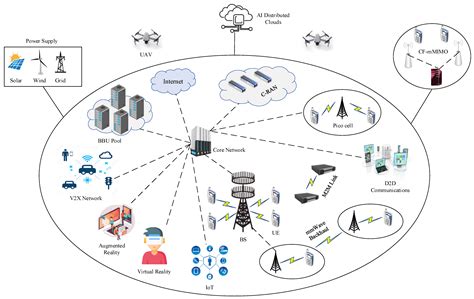
Massive MIMO technology has the potential to revolutionize the way we think about wireless communication in 6G networks. By utilizing a large number of antennas at the base station, Massive MIMO allows for a significant increase in the capacity and efficiency of wireless networks. This means that users will experience faster data speeds, improved connectivity, and better overall network performance.
One of the key benefits of Massive MIMO in 6G networks is its ability to support a large number of simultaneous connections. This is made possible by the use of spatial multiplexing, which allows the base station to communicate with multiple users at the same time using the same frequency band. As a result, Massive MIMO can significantly increase the spectral efficiency of the network, leading to a more efficient use of available spectrum resources.
Furthermore, Massive MIMO technology has the potential to greatly improve the reliability and coverage of wireless networks in 6G. By utilizing a large number of antennas, the base station can focus energy towards individual users, reducing interference and extending the range of the network. This means that users in remote or hard-to-reach areas will experience better connectivity and improved network performance, ultimately leading to a more inclusive and accessible wireless network for all.
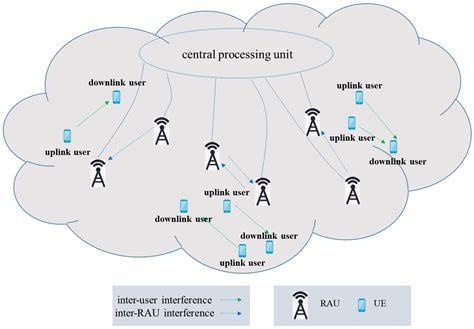
Implementing Massive MIMO technology in 6G networks comes with its fair share of challenges that need to be overcome in order to fully leverage its potential. One of the main challenges is the high complexity of the hardware and software required to support Massive MIMO systems. The massive number of antennas and radio frequency chains needed for Massive MIMO arrays adds to the complexity of the hardware, while the advanced signal processing algorithms required to process the high-dimensional data streams add to the software complexity.
Another major challenge is the issue of interference management. With a large number of antennas sending and receiving signals simultaneously, the likelihood of interference increases significantly. This interference needs to be effectively managed in order to ensure the quality and reliability of the wireless communication. Additionally, the deployment of Massive MIMO systems also presents challenges in terms of power consumption and the cost of infrastructure, as the increased number of antennas and radio frequency chains require more power and resources.
Furthermore, the implementation of Massive MIMO also raises concerns about the scalability and compatibility of the technology with existing networks. Upgrading existing infrastructure to support Massive MIMO systems may require substantial investments and modifications, and the integration of Massive MIMO with legacy networks needs to be carefully planned and executed to ensure seamless operation. These challenges underline the need for extensive research and development efforts to address the technical, operational, and economic obstacles associated with implementing Massive MIMO in 6G networks.
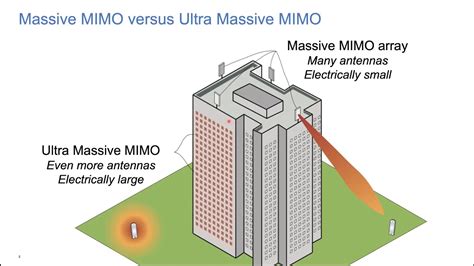
Massive Multiple Input Multiple Output (MIMO) technology is set to revolutionize the way we use wireless networks in the upcoming 6G era. With the exponential increase in data traffic and the demand for ultra-high-speed connectivity, Massive MIMO is the key to unlocking the full potential of 6G networks. This technology makes use of a large number of antennas to enhance spectral efficiency and achieve higher data rates, making it a game-changer for the next generation of wireless communications.
One of the benefits of Massive MIMO in 6G networks is its ability to significantly increase the capacity and coverage of wireless networks. By deploying hundreds or even thousands of antennas at the base stations, Massive MIMO can serve multiple users simultaneously, leading to a dramatic improvement in network performance. This is essential for meeting the growing demand for high-speed internet access, especially in densely populated urban areas where network congestion is a major concern.
However, the implementation of Massive MIMO in 6G networks comes with its challenges. The deployment of a large number of antennas requires careful planning and coordination to avoid interference and ensure optimal performance. Additionally, the hardware and infrastructure upgrades needed to support Massive MIMO may pose logistical and cost considerations for network operators. Despite these challenges, the potential benefits of Massive MIMO technology in 6G far outweigh the complexities, making it a crucial element in shaping the future of wireless communications.
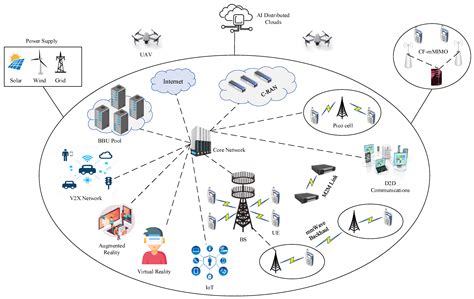
Massive MIMO technology has been an integral part of 5G networks, and its future implications in 6G networks are promising. With the ever-increasing demand for high-speed data and low-latency communications, the role of Massive MIMO in shaping the future of wireless communication cannot be understated. As we look ahead to the 6G era, Massive MIMO is expected to play a crucial role in meeting the diverse and complex requirements of next-generation wireless networks.
One of the key aspects of the future of Massive MIMO in 6G networks is its potential to support a massive number of devices simultaneously. With the Internet of Things (IoT) and smart devices becoming ubiquitous, the ability of Massive MIMO to serve a large number of connected devices concurrently will be essential for 6G networks. This will enable seamless connectivity and efficient use of network resources, leading to improved overall network performance and user experience.
Furthermore, the future of Massive MIMO in 6G networks is also expected to bring advancements in beamforming and spatial multiplexing techniques. These advancements will enable higher spectral efficiency, improved coverage, and enhanced reliability in wireless communications. As 6G aims to deliver unprecedented data rates and ultra-reliable, low-latency communications, the capabilities of Massive MIMO will be pivotal in achieving these ambitious goals.

What is Massive MIMO and how is it different from traditional MIMO?
Massive MIMO (Multiple-Input Multiple-Output) is a technology that uses multiple antennas to transfer and receive data, enabling more efficient use of the radio spectrum. It is different from traditional MIMO in that it uses a very large number of antennas, often in the range of tens to hundreds, to further increase capacity and spectral efficiency.
What are the potential benefits of Massive MIMO in 6G networks?
In 6G networks, Massive MIMO can enable significantly higher data rates, increased network capacity, and improved coverage and reliability. It can also support a larger number of simultaneous connections and provide a better user experience for applications such as augmented reality, virtual reality, and holographic communication.
How does Massive MIMO contribute to energy efficiency in 6G networks?
Massive MIMO can reduce the transmission power required for communication, leading to energy savings and improved energy efficiency in 6G networks. By using spatial multiplexing and beamforming techniques, Massive MIMO can also minimize interference and enhance the overall spectral efficiency.
What are the challenges in implementing Massive MIMO in 6G networks?
Some of the challenges include increased hardware complexity and cost, as well as the need for advanced signal processing algorithms to handle the large number of antennas and associated computational requirements. Coordinating and managing the transmission and reception of data across a massive array of antennas also presents significant technical challenges.
Are there any standardization efforts underway for Massive MIMO in 6G networks?
Yes, standardization organizations such as the International Telecommunication Union (ITU) and the 3rd Generation Partnership Project (3GPP) are actively working on defining specifications and requirements for Massive MIMO in 6G networks. These efforts aim to ensure interoperability and compatibility among different network equipment and devices.
What are some potential use cases for Massive MIMO in 6G networks?
Some potential use cases include ultra-reliable low-latency communications for mission-critical applications, massive machine-type communications for the Internet of Things (IoT), and high-definition multimedia streaming with immersive user experiences. Massive MIMO can also enable new applications and services that require high data rates and low latency.
How might Massive MIMO shape the future of wireless communication in 6G networks?
Massive MIMO has the potential to revolutionize wireless communication in 6G networks by enabling unprecedented levels of spectral efficiency, network capacity, and user experience. It can lay the foundation for innovative applications and services that drive the evolution of the digital economy and society.